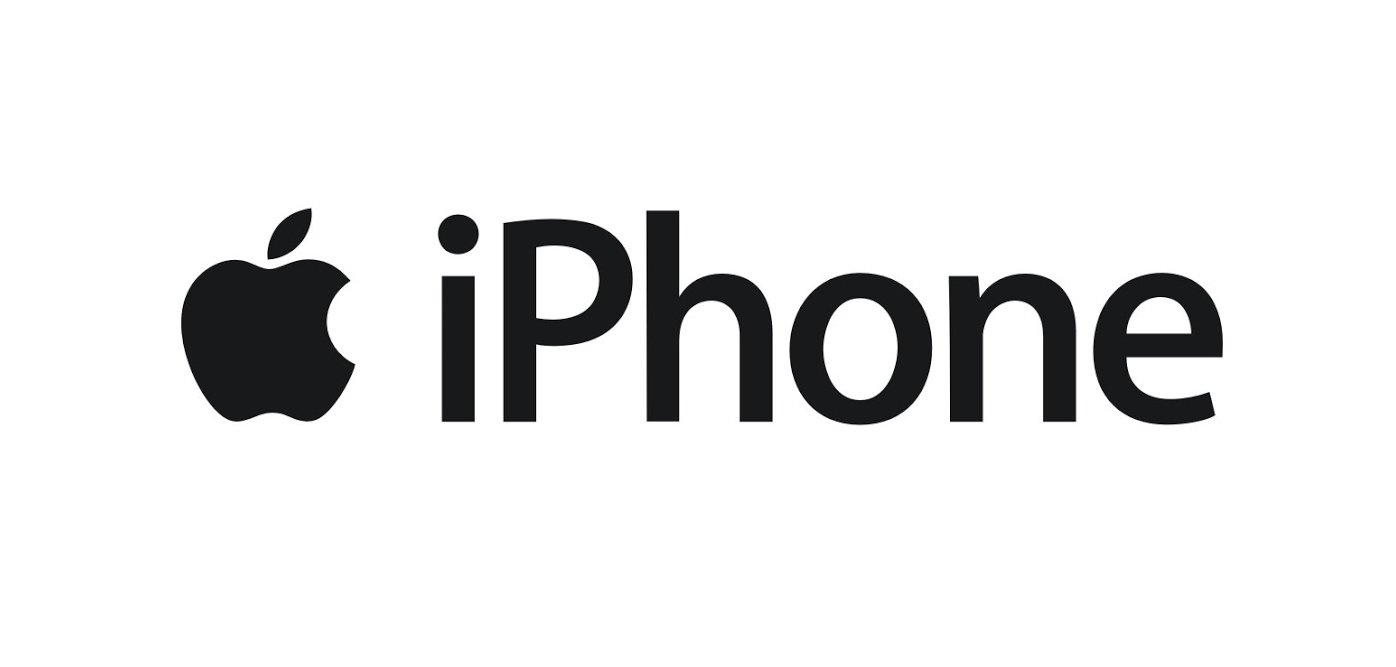- 22 August 2023
- 141
4 Ways Apple Could Improve the Standard iPhone Models

This article is designed for smartphone enthusiasts and potential iPhone buyers who are interested in understanding how Apple could enhance the value and appeal of its standard iPhone models. It provides insights into the improvements that can make the standard iPhones a more compelling choice in comparison to the Pro models, catering to readers seeking information on potential upgrades and enhancements.
Introduction: Apple Could Improve the Standard iPhone Models
The world of iPhones is ever-evolving, with Apple’s standard models and Pro models catering to different segments of the market. However, recent trends have highlighted that the standard iPhone models might be falling behind in terms of value. In this article, we delve into four ways Apple could elevate the standard iPhone models to make them a more compelling choice for consumers.
Include the Same Processor as the Pro Models:
Apple’s decision regarding the processors used in its iPhone models has a profound impact on the overall performance and perceived value of these devices. Currently, the standard iPhone models are equipped with slightly older chips compared to their Pro counterparts. This choice has raised concerns about the competitiveness of the standard models, especially considering the premium price they command.
When Apple aligns the processors across its entire lineup, including both standard and Pro models, it ensures that users of the standard iPhones receive the same cutting-edge performance benefits as those who opt for the Pro variants. This not only enhances the value proposition of the standard models but also eliminates any performance disparity between the two tiers. This move would make the standard iPhones more future-proof and appealing to users who want a seamless and powerful experience without having to pay the premium for the Pro models.

Include a 90Hz Display:
In the realm of user experience, the display of a smartphone plays a pivotal role. Higher refresh rates have become a standard feature in many modern smartphones, offering smoother animations and interactions. Unfortunately, Apple’s standard iPhone models have been lagging behind in this regard, sporting a 60Hz display while competitors offer displays with refresh rates of 90Hz or even 120Hz.
By adopting a 90Hz display in its standard iPhone models, Apple can significantly enhance the user experience. The smoother scrolling, improved touch responsiveness, and more fluid animations would create a more engaging and enjoyable interaction with the device. This enhancement would not only bring the standard iPhones in line with the offerings of Android competitors but also meet the expectations of users who value a seamless and dynamic display performance.

USB-C Support:
As technology evolves, so do the ways in which we connect and power our devices. The USB-C standard has emerged as a versatile and universally compatible solution for charging, data transfer, and peripheral connectivity. While Apple has integrated USB-C ports into its other devices, such as iPads and MacBooks, iPhones continue to rely on the Lightning port.
Embracing USB-C support in iPhones would bring a host of benefits to users. It would simplify the charging experience by allowing users to use a single cable for multiple devices. Additionally, faster data transfer speeds would enhance efficiency and productivity. Moreover, with the European Union’s push for a universal charging standard by 2024, adopting USB-C across the iPhone lineup would align Apple with industry trends and provide a seamless transition for users who are switching from Android devices.

Lower the Price:
Value is a determining factor for many consumers when making purchasing decisions. Apple’s standard iPhone models have seen price increases over the years, bringing them closer in cost to the Pro models. This diminishing price gap has prompted potential buyers to question whether the additional features of the Pro models justify the higher expense.
To make the standard iPhone models a more attractive option, Apple could revisit its pricing strategy. By adjusting the prices slightly downward, the standard models would better reflect their value proposition, catering to users who seek a balance between features and affordability. This pricing adjustment would position the standard iPhones as a compelling choice for individuals who desire modern technology without the premium price tag associated with the Pro models.

Conclusion:
Apple’s standard iPhone models have the potential to shine brighter with a few strategic improvements. By implementing suggestions such as processor alignment, enhanced display technology, USB-C adoption, and competitive pricing, Apple can ensure that the standard models not only cater to budget-conscious consumers but also offer a compelling value proposition. As the smartphone landscape evolves, so must Apple’s approach to making its devices more appealing and user-friendly.

